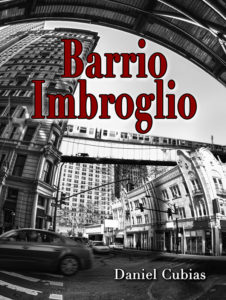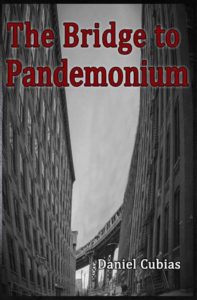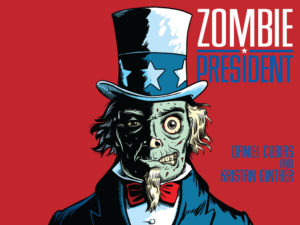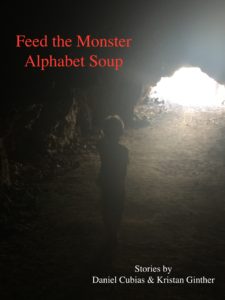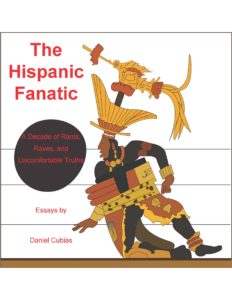One of the amazing things about living in a city like Los Angeles is its sheer scope. I lived here for five years in the 1990s, and yet there are whole neighborhoods that I’m only seeing now that I’ve moved back.
Recently, I was running errands and, as usual in this town, driving from one part of the city to the other. I drove beneath an underpass that’s part of a labyrinthine alcove of freeways and bridges. All the concrete and cars blotted out the very sun (ok, that’s a little hyperbole, but not too much).
I had never been to this part of LA before, and my attention was fixed on reading street signs and searching for landmarks. Still, I couldn’t miss the encampment as I drove past it – no one could have.
There most of been a hundred of them, there beneath the intersection of multiple bridges. They were trabajadores, the immigrant workers who gather in places like that to beg, cajole, and hustle jobs.
Some of them were gathered around a pickup, shouting or gesturing in what I presumed was an attempt to communicate to the driver (their day’s potential employer) that they were the strongest and hardest-working of the lot. Others were sitting on the gravel, talking among themselves or playing some card game that was hidden to me. Others lay spread out with cowboy hats over their eyes, trying to catch a nap. At least one small group was cooking something on a portable-stove type thing.
I saw all this while stopped at the light. And then traffic surged forward, and I continued on my task.
As I drove away, I realized that I had never witnessed that before. Despite seeing trabajadores hard at work myriad times, and writing about them at length, I had never viewed the genesis of the process: a swarming in their shanty town where they jostle one another for the chance to labor for a pittance.
For some reason, I abruptly remembered when I lived in New York City, and I saw my first drug deal take place on the street (for the record, I was neither buyer nor seller; just a passing bystander). I had seen plenty of college kids buy pot, but this was different. It was what people really did when they wanted heroin or crack or the mythologized “hard drugs.” The transaction was much sloppier and less dramatic than television makes it out to be. Still, it was an authentic moment – not a fictionalized reference point.
It was like that when I saw the trabajadores. This was an authentic part of our culture, officially underground yet instantly recognizable to just about everyone. But like the drug deal, few people had actually seen it in the real world. We adopt images from movies and news stories, and assume that this counts as experience. But no editor or voiceover or carefully studied camera angle got between me and the crowd in the immigrant camp.
It was real. But of course, for me, it’s fodder. For the trabajadores, it’s their lives.


